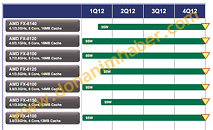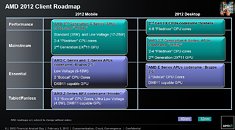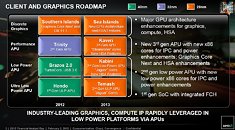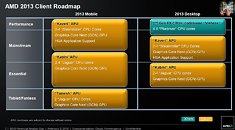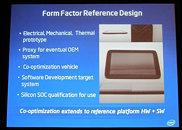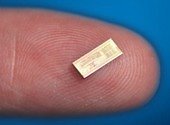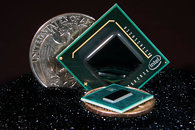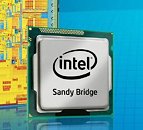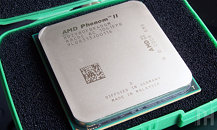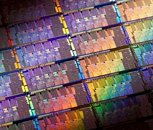
AMD Intros the FX-6200 and FX-4170 Processors, Cuts Some Prices
Sunnyvale-based AMD Inc. has today launched two new FX Series processors, the FX-6200 hexa-core and the FX-4170 quad-core, and announced price reductions for the October-released FX-8120 and FX-6100.
The FX-6200 and FX-4170 are made on 32 nm process technology, and feature an AM3+ package, a TDP of 125 W, and 8 MB of L3 cache. The FX-6200 has a base clock of 3.8 GHz (4.1 GHz Turbo) and is up for pre-order @ 152.70 Euro while its quad-core sibling is set to 4.2 GHz (4.3 GHz Turbo) and is selling for 120.60 Euro.
The updated FX-8120 and FX-6100 prices stand at $185 and $145, respectively.
The FX-6200 and FX-4170 are made on 32 nm process technology, and feature an AM3+ package, a TDP of 125 W, and 8 MB of L3 cache. The FX-6200 has a base clock of 3.8 GHz (4.1 GHz Turbo) and is up for pre-order @ 152.70 Euro while its quad-core sibling is set to 4.2 GHz (4.3 GHz Turbo) and is selling for 120.60 Euro.
The updated FX-8120 and FX-6100 prices stand at $185 and $145, respectively.

